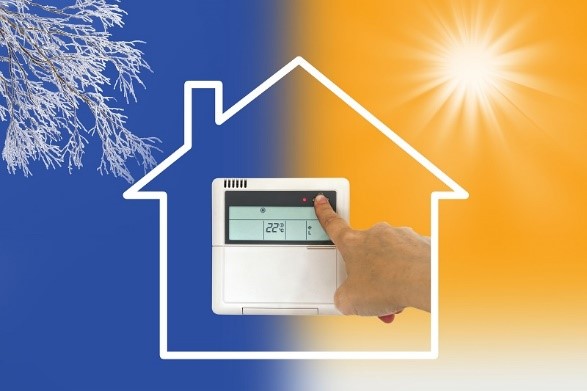
The heating and cooling systems are of great importance to people nowadays. There are professional services available in the market that provide such solutions. These companies are capable of providing maintenance and servicing to their clients that helps them to reduce service costs. The regular maintenance of these systems also helps in increasing the efficiency and total life span of the heating and cooling system.
However, it is very important for any client to know about the basic functioning process of these heating and cooling systems.
The Process By Which These Systems Work:
- Most systems are available with devices that can be controlled and used in any type of climatic condition. There are three basic components of such a system. These include:
A basic source that can be used for heating and cooling the room.
Ducts or vents that can be used for distributing the warm or cold air to the different rooms of a house.
A regulator that can be used for controlling or regulating the whole system. An example of such a regulatory device is the thermostat.
- The various sources that are used for spreading or distributing warm air eventually in the room are the furnaces or heaters. Similarly, the cold air is distributed with help of coolers and air conditioners or ACs. The regulation can be done with the help of central air conditioning systems. The ducts make the air flow thoroughly in the rooms.
- The heating and cooling systems require fuel for their operation and functioning. In the case of air conditioning systems, it is in form of electricity and in the case of heating it is either gas or fuel. Some heaters however now have started using electricity as well.
- There is an electrically controlled and powered unit known as the heat pump that is used for heating and cooling the air inside a room. During summers this heat pump can efficiently extract the warm air from the room and in winter it pulls out the cold air and replaces it with the previously stored warm air.
The furnaces that supplies the warm air are powered by fuels that are either in form of gas, electricity or oil. The heat is produced only when this fuel is burnt and the ducts start distributing the air in the different rooms of the house. Besides ducts, some systems even use wires, pipes for blowing out the heat through radiators and heating panels.
In the case of air conditioners, the electrical power helps to cool the air of the room. Just like the warm air this cold air is also channeled or distributed through ducts.
Benefits Of Heating And Cooling Systems:
- Energy efficiency: Customers who have bought the heating and cooling systems have said that these systems have been of great help to them by reducing the expenses on energy. People who have replaced their older systems with newer ones have noticed the difference in their electricity bills.
- No air leaks: Earlier the heating and cooling systems used to have the disadvantage of air leaks. It refers to a situation where the unhealthy air from outside enters the room. But the latest technology has allowed manufacturers to prepare the new systems in a way that they not only prevent air leaks but also allow the user to set the temperature of their room as per their wish.
Conclusion
Most customers or clients who have purchased these systems are satisfied with their efficiency in terms of maintaining the temperature and the requirement of low maintenance. The advanced systems that are being designed by several companies are capable of staying clean for a long time.
